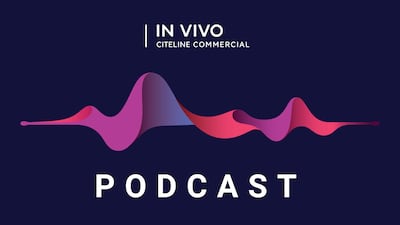Blockbusters, defined as branded prescription drugs that generate more than $1 billion annually, have served as catalysts for driving value within the global drug market during the past 15 years. Top biopharmaceutical companies have been especially reliant on these blockbusters for their growth and shareholder value creation during this time period, as development of these drugs traditionally has delivered the highest returns on R&D investments. In the early 2000s, reports began to emerge predicting the demise of the blockbuster model. Experts who held this belief cited the wave of blockbusters that were approaching the end of their patent lives and questioned pharma's ability to replenish this gap. They predicted the future pharmaceutical winners would follow a strategy in which blockbusters play a much less important role. ( See "Blockbusters To New-Engine Drugs: The Key Industry Shift," IN VIVO , July 2003 Also see "Blockbusters to New-Engine Drugs: The Key Industry Shift" - In Vivo, 1 July, 2003..) To better understand whether or not these predictions hold true, L.E.K. analyzed data from two decades of biopharmaceutical sales to assess the recent contribution of blockbusters to biopharmaceutical growth and to identify key trends reshaping the formation of blockbusters. Supporting our findings is a proprietary database that tracks the commercial path of drugs that reached or will reach blockbuster status between 1995 and 2015, and captures detailed drug information such as product characteristics, disease indications, company type and revenue performance over time. ( See sidebar, "Insight Into Market Analysis.")
Despite industry concerns about fewer opportunities to develop multibillion-dollar drugs, the number of branded drugs that reached blockbuster status has...
Welcome to In Vivo
Create an account to read this article
Already a subscriber?




